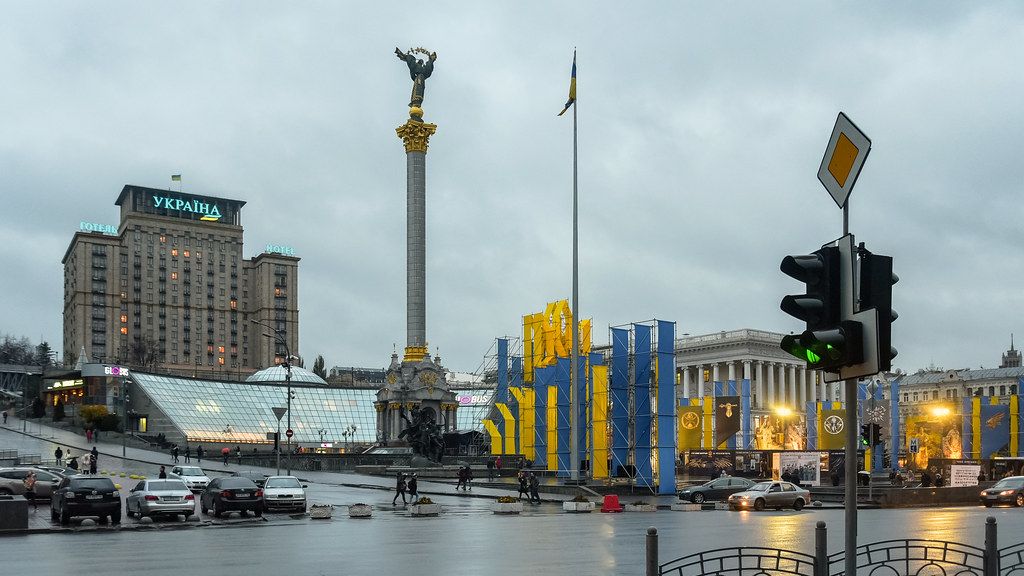
Overnight, Ukraine’s capital, Kyiv, endured a devastating barrage of Russian missile and drone attacks, resulting in a significant loss of life and widespread injuries. Ukrainian President Volodymyr Zelenskyy reported a grim rise in the death toll, confirming 16 fatalities, including two children and one police officer, following what he described as Russia’s “terror attack” on the city.
More than 150 individuals sustained injuries in the extensive assault, with children accounting for 16 of the wounded and six police officers also among those affected. The Ukrainian Emergency Service tragically noted that a five-month-old girl was among the injured children, marking a somber milestone as the highest number of children injured in a single attack on Kyiv since Russia’s full-scale invasion commenced in February 2022.
Explosions reverberated across Kyiv starting around midnight local time, with blazes illuminating the night sky. The intensity of the assault led to the partial collapse of a nine-storey residential building, as confirmed by Tymur Tkachenko, head of the City Military Administration. Rescue teams were swiftly deployed to the scene, diligently searching for individuals trapped beneath the considerable rubble.
Witness accounts painted a vivid picture of the terror experienced by residents. Yana Zhabborova, a 35-year-old resident of the heavily damaged building, awoke to the jarring sound of thundering explosions, which forcibly blew off the doors and windows of her home. The mother of a five-month-old infant and a five-year-old child, Zhabborova articulated her profound distress, stating, “It is just stress and shock that there is nothing left.”
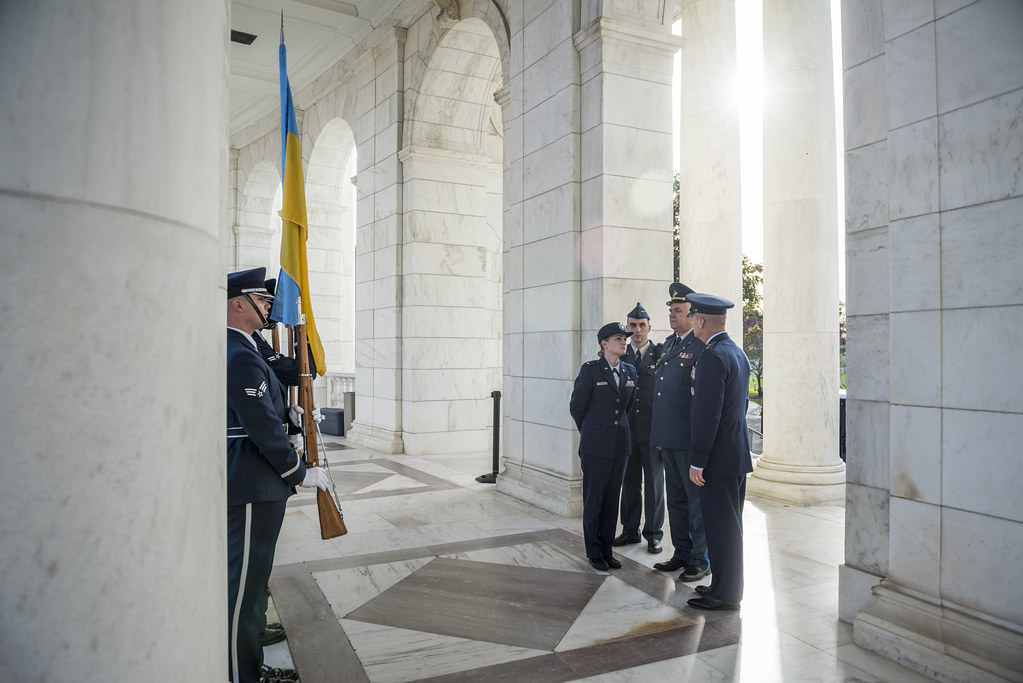
The Ukrainian air force detailed the scale of the overnight assault, reporting that Russia fired 309 Shahed and decoy drones, alongside eight Iskander-K cruise missiles. Ukrainian air defenses demonstrated significant capability, intercepting and jamming 288 strike drones and three missiles. Despite these defensive efforts, five missiles and 21 drones successfully struck their intended targets, exacerbating the destruction.
Another resident, Yurii Kravchuk, 62, recounted his harrowing experience while wrapped in a blanket near a damaged building, a bandage visible around his head. He had heard the missile alert but was unable to reach a shelter in time before the explosion. Kravchuk shared that he had begun waking his wife when the blast occurred, adding, “My daughter ended up in the hospital.”
The attacks extended beyond Kyiv’s residential areas, impacting a broad spectrum of civilian infrastructure. Tkachenko confirmed that at least 27 locations across the capital were hit, with the Solomianskyi and Sviatoshynskyi districts bearing the brunt of the damage. More than 100 buildings in Kyiv, including homes, schools, kindergartens, medical facilities, and universities, sustained damage.
In a related development, Russian troops also launched a strike on a five-storey residential building located in the eastern Ukrainian city of Kramatorsk. Vadym Filashkin, the head of the Donetsk regional military administration, reported that this attack resulted in one fatality and at least 11 injuries. Russia has consistently denied targeting civilians, despite the escalating airstrikes in recent months on Ukrainian towns and cities far from the front lines of the ongoing conflict.
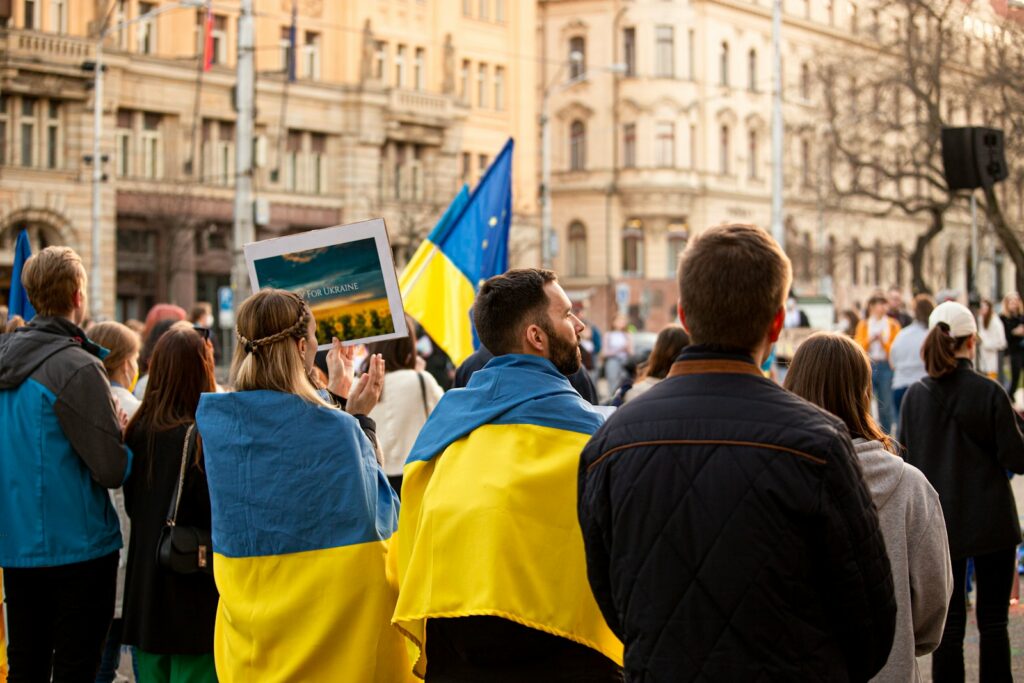
Thousands of civilians, predominantly Ukrainian, have lost their lives since Moscow’s full-scale invasion commenced nearly three and a half years ago. The persistent pattern of strikes on civilian areas has drawn sharp criticism internationally, with Ukrainian officials consistently emphasizing the humanitarian toll of the conflict.
Concurrently, Russia’s Ministry of Defence issued its own statement on Thursday, asserting that its forces had successfully shot down 32 Ukrainian drones overnight. This claim comes amidst reports of drone-related incidents within Russian territory.
A drone attack was reported to have sparked a blaze at an industrial site situated in Russia’s Penza region. Local Governor Oleg Melnichenko confirmed the incident but did not immediately provide further details, stating that there were no casualties. In the Volgograd region, a separate incident saw some train services halted after drone wreckage reportedly fell on local railway infrastructure, as reported by state rail operator Russian Railways.
In a significant but disputed claim, Russia’s Defence Ministry announced that its forces had established full control over the strategically important city of Chasiv Yar, located in Ukraine’s eastern Donetsk region. This assertion, if confirmed, would mark a notable gain for Russian forces in a long and arduous battle for the area.
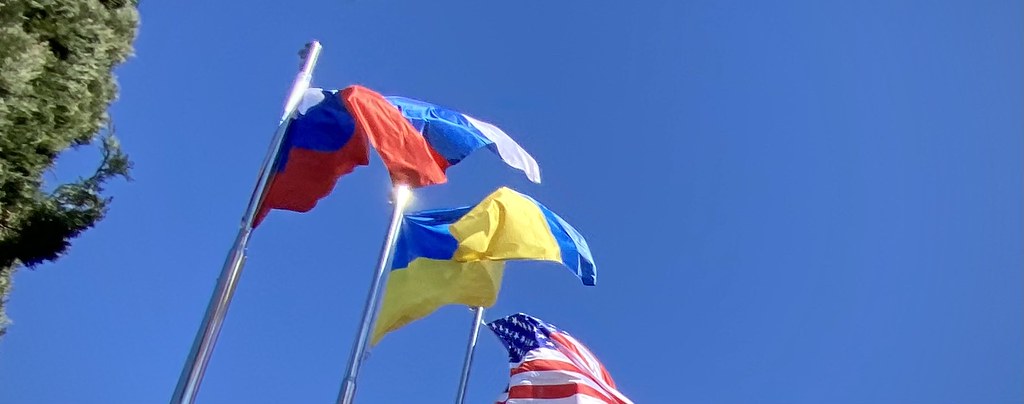
Russian and Ukrainian troops have been engaged in fierce combat for control of Chasiv Yar for nearly 18 months. The city holds strategic significance due to its hilltop location, which offers a vantage point from which troops could potentially launch attacks on other critical points in the region, forming what is considered the backbone of Ukraine’s eastern defenses.
However, Ukrainian officials immediately countered Russia’s claim regarding Chasiv Yar. Victor Trehubov, a Ukrainian military spokesperson, explicitly told The Associated Press that Russia’s assertion was “untrue.” He firmly stated, “Just a fabrication, there wasn’t even a change in the situation.”
Conflicting reports regarding the situation in Chasiv Yar emerged from Ukrainian sources. A report issued on Thursday by Ukraine’s Army General Staff acknowledged seven clashes in Chasiv Yar over the preceding 24 hours. An accompanying map in this report, however, depicted most of the town as being under Russian control, adding to the ambiguity of the situation on the ground.
Further complicating the assessment, DeepState, an open-source Ukrainian map widely utilized by both military personnel and analysts, indicated early on Thursday that neighborhoods to the south and west of Chasiv Yar remained designated as “grey zones,” signifying that they were uncontrolled by either side. The precise territorial control in the area thus remains contentious.
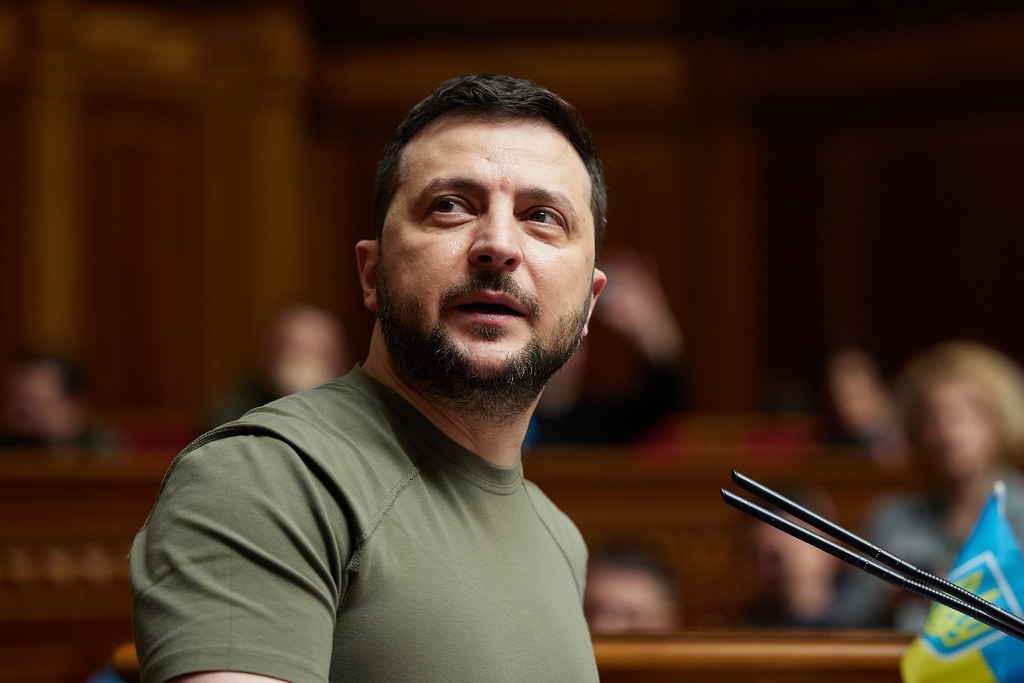
The widespread Russian attack, as detailed by President Zelenskyy on the Telegram messaging service, targeted multiple regions across Ukraine, including Kyiv, Dnipro, Poltava, Sumy, and Mykolaiv, with the capital being the primary objective of the coordinated assaults.
President Zelenskyy delivered a powerful statement reflecting on the attacks and their implications for international diplomacy. “Today, the world once again saw Russia’s answer to our desire for peace with America and Europe,” he declared. He further emphasized the brutality of the assaults, adding, “New demonstrative killings. That is why peace without strength is impossible.”
In light of the ongoing aggression, Zelenskyy issued a fervent call to Ukraine’s allies, urging them to fulfill their defense commitments and exert intensified pressure on Moscow to engage in genuine negotiations. His appeal underscored the urgent need for international support to counter what he described as Russia’s continued rejection of peace.

Against this backdrop of heightened conflict, international diplomatic efforts continue, albeit with varying degrees of optimism. U.S. President Donald Trump, in a statement on Tuesday, set a shorter deadline for Russian President Vladimir Putin to make progress on peace efforts, or Washington would impose punitive sanctions and tariffs, with an August 8 deadline specified.
Trump’s special envoy, Steve Witkoff, is scheduled to travel to Russia subsequent to his current stop in Israel, signaling ongoing diplomatic engagement. Trump has expressed growing criticism of Russia’s actions, remarking, “I think it’s disgusting what they’re doing,” after the latest attacks. While acknowledging the readiness to impose sanctions, he voiced skepticism regarding their efficacy, stating, “I don’t know that sanctions bother him,” referring to Putin.
Western leaders have collectively accused Putin of deliberately stalling U.S.-led peace efforts, suggesting that his aim is to capture more Ukrainian territory before any resolution. However, some observers remain skeptical about the potential impact of sanctions.
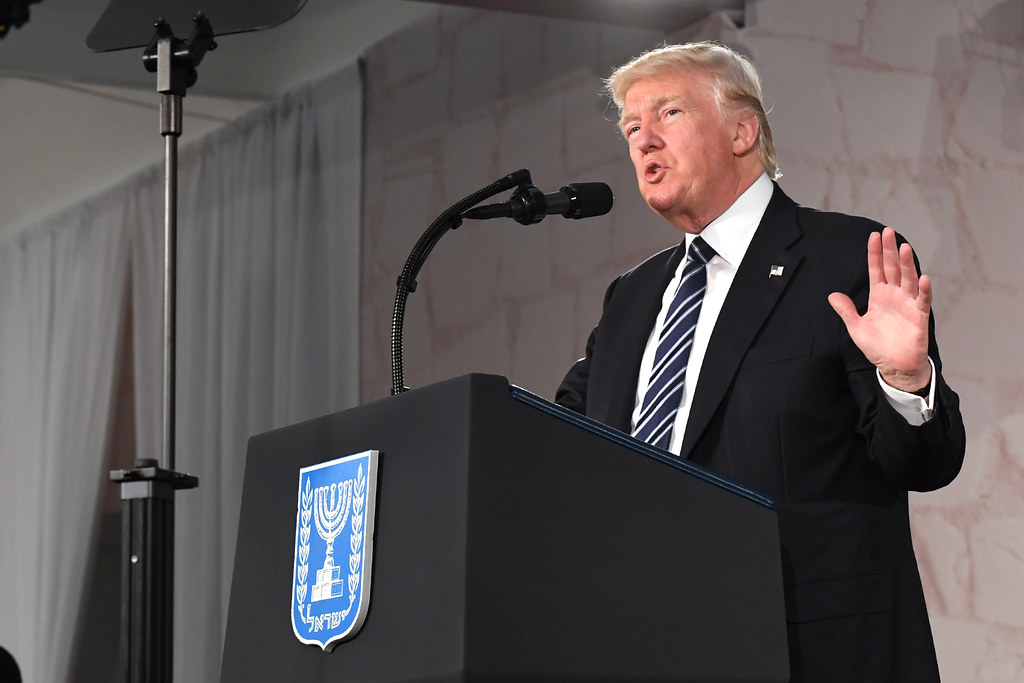
Mark N. Katz, a retired George Mason University professor and specialist in Russian foreign policy, conveyed his doubts to Times Radio, stating that Putin “has shown that he is quite willing to continue his course of action, despite whatever Western sanctions there are.” Katz suggested that Trump might be able to exercise more leverage over Russia by increasing military support for Ukraine, an area where Trump has previously expressed criticism regarding the level of U.S. provision.
Further adding to the complex diplomatic landscape, President Trump recently moved to penalize India for its continued purchase of Russian oil and weapons, announcing a 25 percent tariff on the nation and hinting at additional unspecified penalties for continued trade with Moscow. This illustrates a broader strategy of economic pressure intended to influence Russia’s war effort.
An exchange of sharp words also occurred between President Trump and Dmitri A. Medvedev, Russia’s former president and current deputy chairman of the Russian Security Council. Medvedev had characterized Trump’s deadline as a “threat and a step towards war” between Russia and the United States.
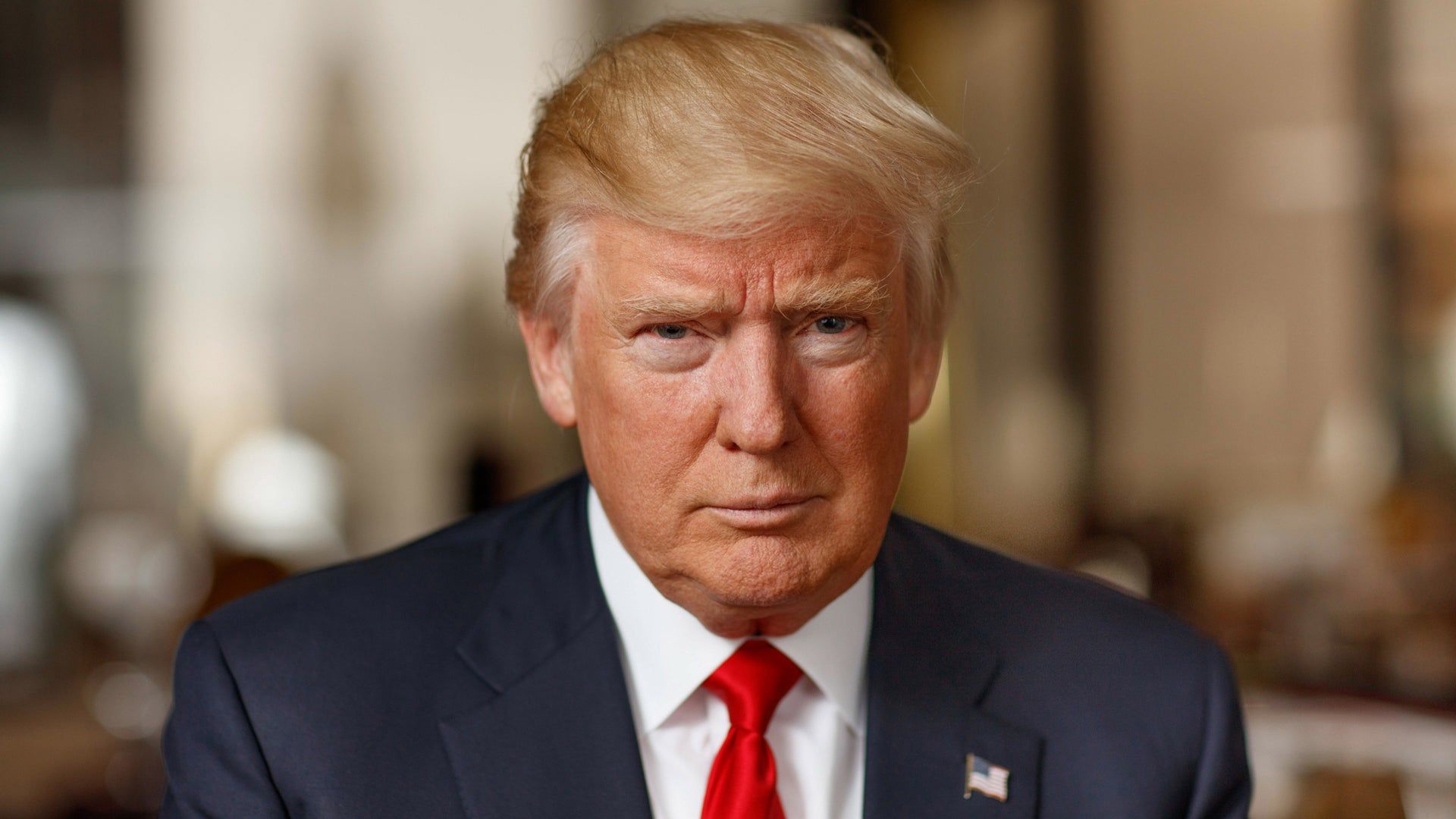
Trump responded forcefully in a social media statement, instructing Medvedev, whom he called “the failed former President of Russia, who thinks he’s still President, to watch his words.” Trump added a warning, stating, “He’s entering very dangerous territory!” Medvedev, in turn, retaliated by asserting that Russia was “entirely in the right” and would persist on its chosen path, ominously referencing the mythical “Dead Hand,” a Western term for Russia’s Soviet-era capability to launch a nuclear strike even if its leadership is incapacitated.
Despite the escalating rhetoric and military actions, three rounds of peace talks between Kyiv and Moscow have occurred in Istanbul this year. These discussions have facilitated some exchanges of prisoners and fallen soldiers, yet they have consistently failed to achieve a significant breakthrough in resolving the protracted conflict that has endured for over three years. The path to a lasting peace remains elusive, shadowed by continued hostilities and the complex web of international diplomacy.



